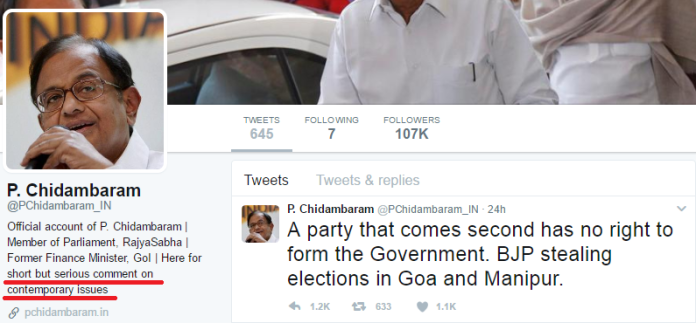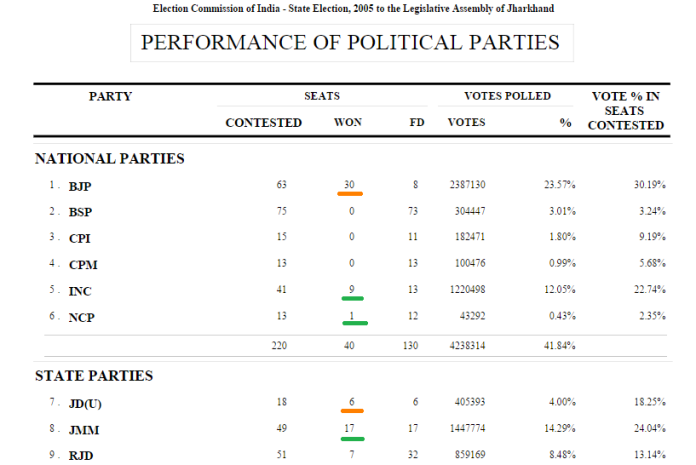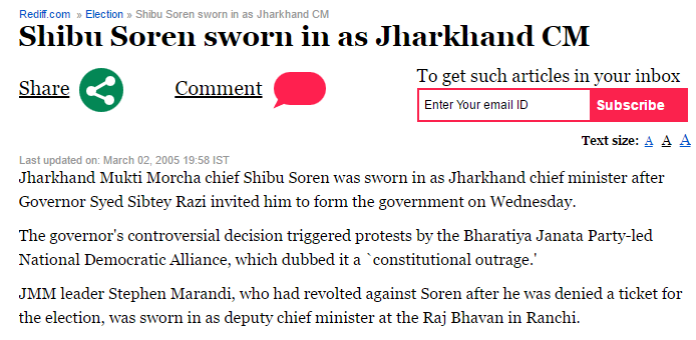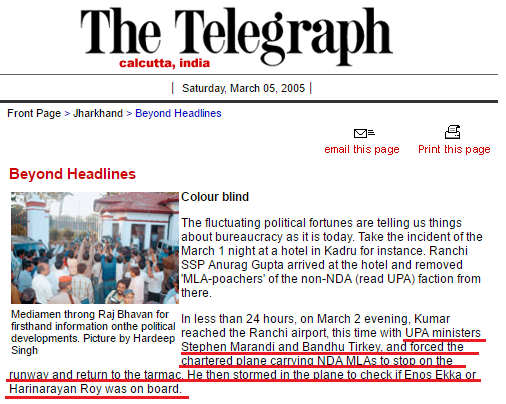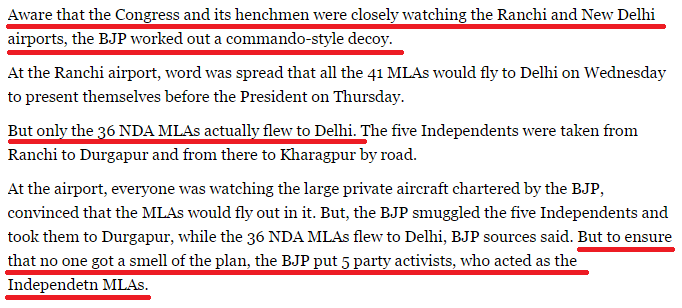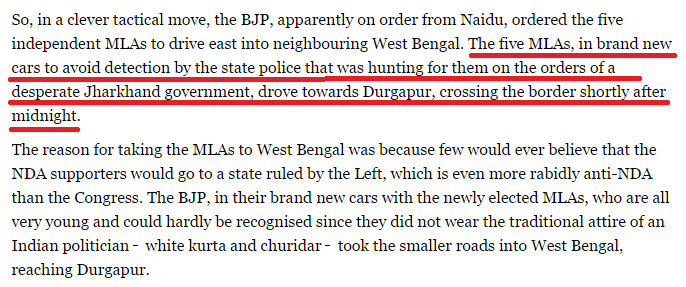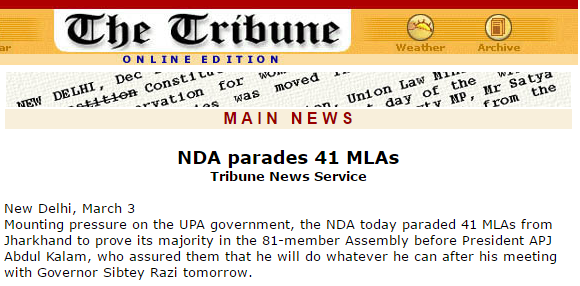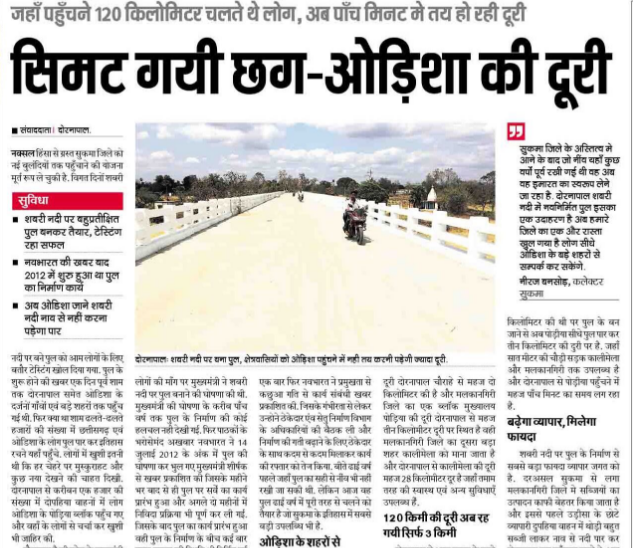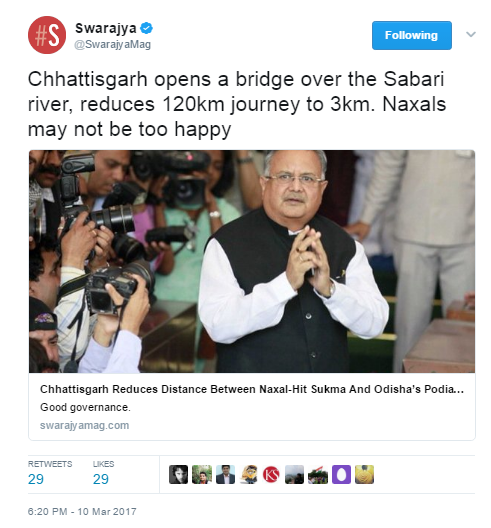Ever since the results of assembly elections held in five states in February-March this year was declared, some political parties have gone into conspiracy theory mode claiming that the Electronic Voting Machines (EVMs) were tampered to rig the results. As we will see, from sounding sensationalist, they have gone to sounding downright silly and sinister.
It all started when BJP alliance swept the Uttar Pradesh polls. The first one to claim that EVMs were tampered was BSP supremo Mayawati. She called up a press conference even while votes were still being counted and claimed that EVMs were tampered.
Her logic? How can BJP win in Muslim dominated areas?
BJP winning in Muslim dominated areas can be explained with division of Muslim votes between BSP and SP-Congress or a section of Muslims, especially women (due to triple talaq issue), voting for BJP. However, Mayawati thought that the only way it can be explained was manipulation of EVMs.
BSP officially complained to the Election Commission of India (ECI) and even mentioned this ‘How can Muslims vote for BJP?’ argument in their official letter. ECI responded to the party in detail – explaining how tampering was not possible because any such attempt will easily be noticed by representatives of political parties who are involved by the ECI during the whole process – and tried to drill some sense into them.
Once Mayawati started this ridiculous charge, it was picked up by Congress trolls and then by AAP, which lost massively in Goa and couldn’t perform as expected in Punjab.
Shashi Tharoor, considered the suave educated face of the Congress party, shared a misleading BBC report about EVM tampering that was originally published in 2010 (ironically putting the Congress party in weak spot), which appeared an attempt to spread the rumour that BJP had rigged the elections:
Very disturbing. I hope the Election Commission of India will find “ethical hackers” to quickly block any such attempts. https://t.co/UmDGhZXLP4
— Shashi Tharoor (@ShashiTharoor) March 13, 2017
We had earlier published this article that explained why the BBC story was misleading.
To repeat – even those who claimed that EVM “hacking” was possible, conceded that one needed to physically tamper the machines. ECI has explained – refer to our article linked back above – why this physical tampering is not possible as every machine was sealed in presence of representative of political parties who put their signatures on the seal, which is broken again in presence of the representatives before counting of votes.
These representatives are also shown that the EVMs are not maliciously programmed to ‘transfer’ votes to any particular party; and the machines are used for polling only after people are satisfied with the working of the EVMs. Essentially, the representatives of political parties can spot any foul play at various stages before polling and before the votes are counted. The truth is, not a single party raised any such concern before the results were announced.
However, when one is driven by malicious intent, such logical arguments are of no use.
After realizing that a 2010 article on EVM tampering can boomerang on Congress, its troll accounts started circulating some “latest news” that appeared like mainstream media reports confirming that EVMs were tampered with.
For example, see this tweet by an abusive troll, who swings between Congress and AAP on various occasions and has a history of spreading fake news:
Today’s Utranchal News Paper. Looks they are right. pic.twitter.com/vMtMbOoLV0
— Abhishek Mishra (@meamabhishek) March 14, 2017
These newspaper clippings – one claiming that EVMs were indeed tampered and other going on to claim that elections will be held again in wake of this tampering – are being circulated by AAP and Congress supporters on a big scale. There is a chance that you have received such clippings on WhatsApp.
Now the truth is that these newspaper clippings, of local Uttarakhand newspapers, is something else. These were published to celebrate Holi festival, which fell a day after the results were announced, and they were “Bura na mano Holi hai” articles in line with Holi celebrations i.e. fake news reports for entertainment purpose.
Realising that their clippings are being used by trolls to spread lies and unrest, the newspaper has now come up with a public notice explaining the same:

These sinister attempts to prove EVM manipulation took a downright silly turn when some geniuses came up with a “mathematical logic” to prove that BJP could not have won the elections. Look at one such “logic” below:
Is it true?
29% वोट सपा को मिला*
23% वोट बसपा को मिला
दोनों का वोट 52% मिला
टोटल वोटिंग हुई 61%
चुनाव आयोग बताए 9% में भाजपा कैसे जीती ?— #Vote4AamAadmi (@aamaadmikesath) March 13, 2017
Basically the tweet above is subtracting the sum of vote share percentages of BSP and SP-Congress from the turnout percentage to arrive at BJP’s vote share, which is supposed to be just 9%. This is another popular WhatsApp forward being circulated and being believed by mathematically and logically challenged persons.
Now this is so stupid and absurd that it is insulting to our brains that one should even try to “prove” why it is wrong. The same was tried by News24 journalist Manak Gupta when a Congress spokesperson read out this WhatsApp forward during a TV debate. After tying to drill some sense into the Congress spokesperson, who claimed that these were ECI numbers (they are not), Manak Gupta gave up:
While it all may sound silly and hilarious to many of us, the tragedy is that these “logical” messages are being spread by Congress and AAP people to prove that BJP rigged elections by tampering EVMs. AAP supremo Arvind Kejriwal repeated these charges in a press conference today, and that means that his supporters will now work extra hard to spread the various pieces of misinformation such as those listed in this article.
While such rumours and misinformation might help a few political parties in keeping their support base together, these are sinister as it weakens people’s faith in the electoral process and in independent institutions like the ECI. One hopes that these leaders and their cheerleaders soon realise how dangerous a game they are playing.









